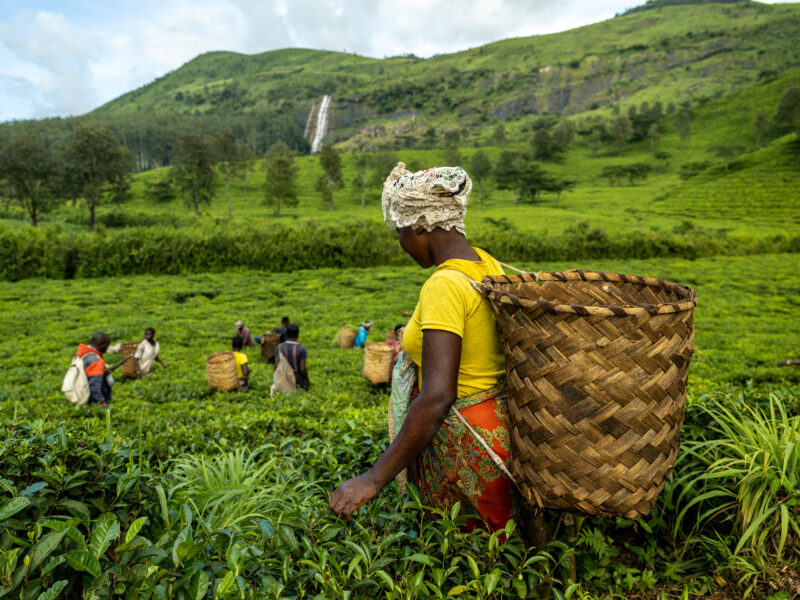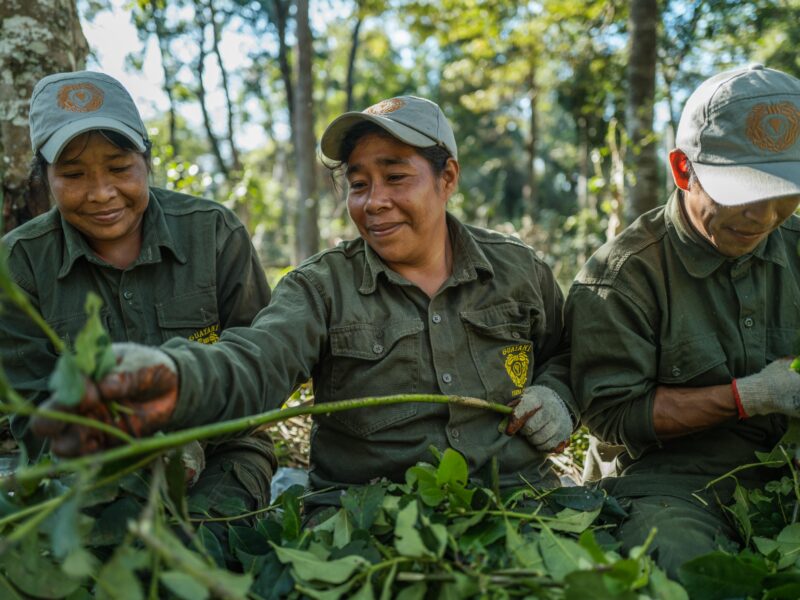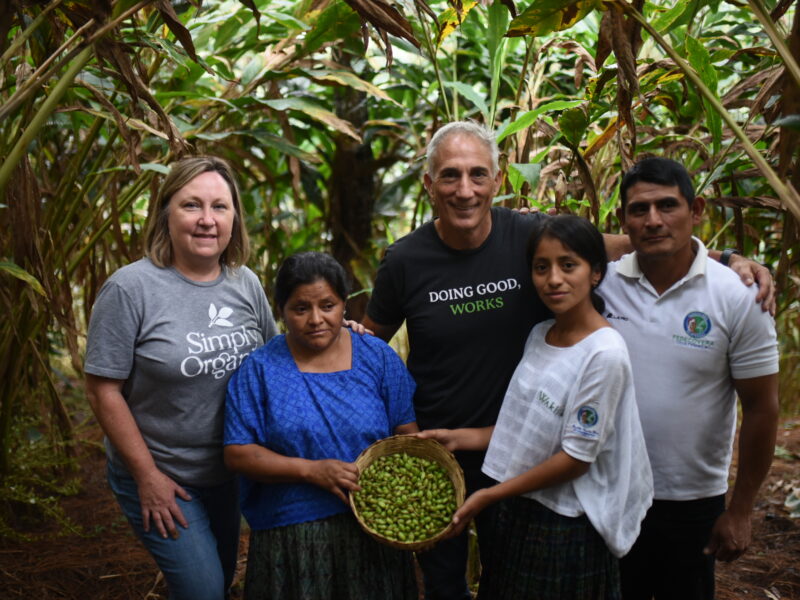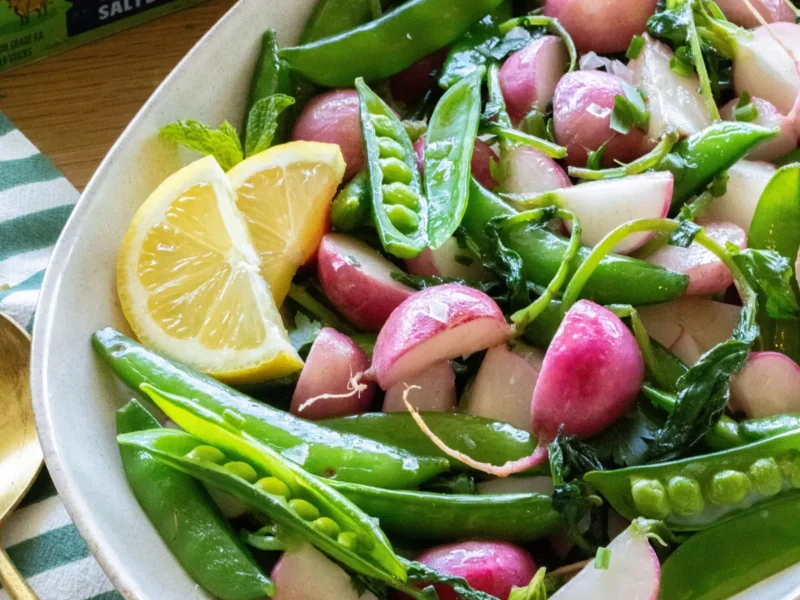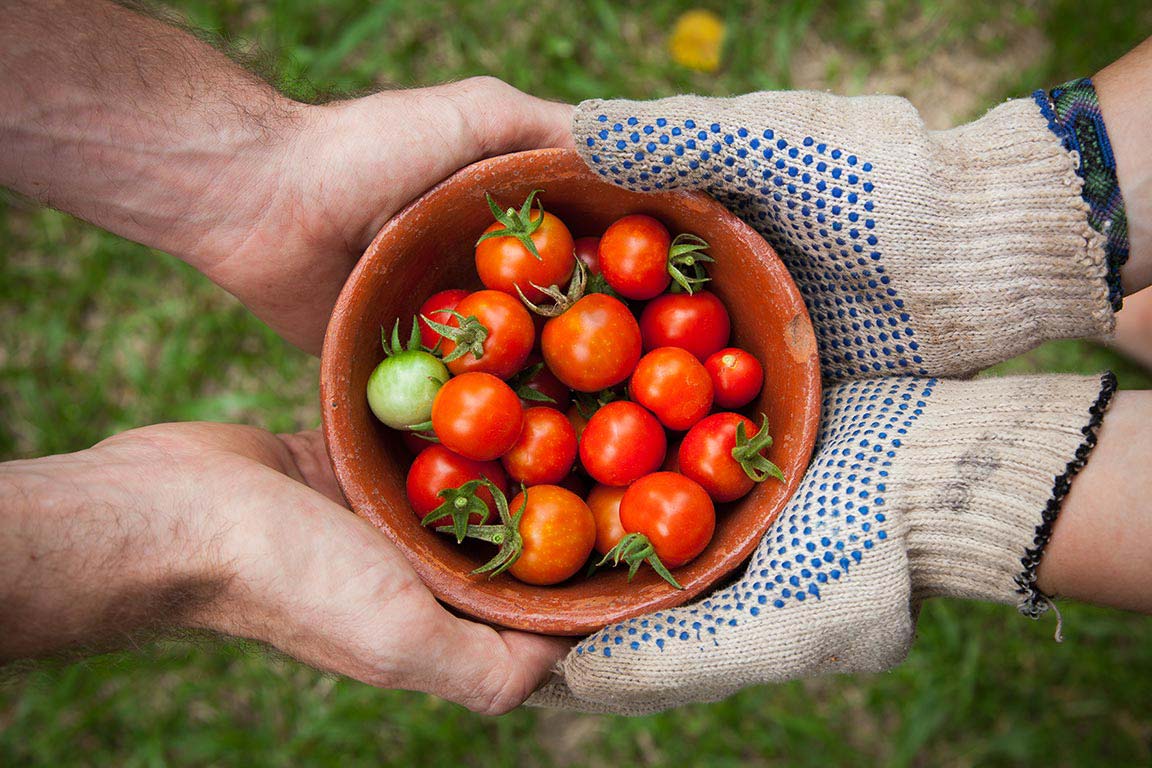This week in the news, the United States has lost 85,000 small dairy farms in the past 20 years. Transitioning to organic practices could save the ones that are left. Monsanto’s Dicamba drift continues to make news with millions of acres of crops damaged. The rapid growth of Monsanto’s new GMO seeds resistant to the controversial herbicide dicamba has revived worries about the company’s stranglehold over farming during a period of industry consolidation. In other news, if you’re already shopping organic, the next step is organic regenerative ag. December 29th marks 100 days since Hurricane Maria made landfall in Puerto Rico. As a major disaster aid package progresses—slowly—through Congress, it’s time to prioritize the island’s right to food security. Meanwhile, a community member in Altadena, a suburban Los Angeles area, has created an abundant orchard and has a vision for everyone growing food in their backyards. Another organic transition story this week explores Tim Belk’s new adventure turned the former retailer into an organic farmer.
Already Shopping Organic? This Is The Next Step
Healthy, nutrient-dense soil arises when farmers put processes in place that essentially let the land tend to itself. Like organic farming, regenerative agriculture forgoes the use of herbicides and pesticides and protects crops naturally. But it takes this holistic approach a step further by using practices like conservation tillage (leaving the previous year’s crop residue out on the field), using cover crops (planting certain crops to prevent soil erosion), and promoting crop rotation (growing different crops in the same area to ward off pests and disease). All of these practices speak to the poetic notion that nature knows how to heal itself—we just have to step aside, pack up our chemicals, and let it do so.
Growing an Agricultural Revolution in Puerto Rico
December 29th marks 100 days since Hurricane Maria made landfall in Puerto Rico. Today, the island imports 95 percent of its food. As a major disaster aid package progresses—slowly—through Congress, it’s time to prioritize the island’s right to food security.
A Radical Vision for Food: Everyone Growing It for One Another
I grow a half-dozen fruit trees along my 40-foot stretch of sidewalk. The generous fig tree just finished, two young apple trees and a pomegranate are full of bounty, and the kumquat and persimmon are ripening. As much as I love the simple act of orcharding, I’m also sharing a radical vision for food and economy in my suburban Los Angeles community of Altadena. What if all my neighbors grew food in their yards, too? What if we shared the bounty with each other? What if you could eat a delicious, varied and healthy meal from the abundance provided by your neighborhood trees?
Special Report: The decisions behind Monsanto’s weed-killer crisis
In early 2016, agri-business giant Monsanto faced a decision that would prove pivotal in what since has become a sprawling herbicide crisis, with millions of acres of crops damaged.
Can The Organic Label Save America’s Small Family Dairy Farms?
The United States has lost 85,000 small dairy farms in the past 20 years. Transitioning to organic practices could save the ones that are left.
Exclusive: Tim Belk’s new adventure turned the former retailer into an organic farmer
After clearing a mile-long trail on a wooded portion of his family’s property in Chester, S.C., in 2013, Belk had an arborist identify the dozens of trees that line the path, then put his five grown kids to work creating and mounting plaques for each tree. Every year Belk has a venture like that, which his 26-year-old daughter, Katherine, describes as “fun-ish.”
Latest Monsanto GMO seeds raises worries of monopoly
The rapid growth of Monsanto’s new GMO seeds resistant to the controversial herbicide dicamba has revived worries about the company’s stranglehold over farming during a period of industry consolidation.


